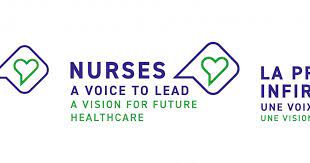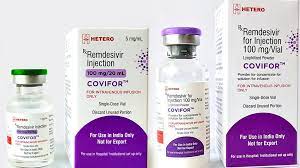March 2023 – The U.S. Food and Drug Administration (FDA) has released an updated safety communication regarding potential health risks associated with breast implants. This update follows the September 2022 communication, expanding on concerns about squamous cell carcinoma (SCC) and various lymphomas found in the scar tissue (capsule) surrounding breast implants. While the FDA acknowledges that these cases may be rare, they advise healthcare providers to discuss these risks with patients considering or currently having breast implants.
Key Considerations Before Getting Breast Implants
For individuals contemplating breast implants, the FDA provides extensive information to help them make informed decisions. Breast implants are approved for augmentation, reconstruction post-mastectomy or trauma, and correction of developmental defects or previous surgeries. The two main types of FDA-approved implants include:
- Saline-filled implants: Contain a sterile saltwater solution
- Silicone gel-filled implants: Have a silicone outer shell with a gel filling
Both types vary in size, shell texture, and shape.
Understanding the Risks
Although FDA-approved breast implants undergo rigorous safety testing, risks remain. These include:
- Additional surgeries over time
- Breast Implant-Associated Anaplastic Large Cell Lymphoma (BIA-ALCL): A rare immune system cancer linked to implants
- Breast Implant Illness (BII): A collection of systemic symptoms, including fatigue and joint pain
- Capsular contracture (scar tissue tightening around the implant)
- Breast pain and discomfort
- Rupture of implants (silent ruptures are common with silicone implants)
- Infection
Additionally, the FDA emphasizes that breast implants are not lifetime devices, and complications may necessitate future procedures.
Informed Decision-Making: Labeling and Safety Information
To ensure patients understand potential risks, the FDA mandates that all breast implants include comprehensive labeling, which consists of:
- A patient decision checklist detailing key risks
- A warning box highlighting potential complications
- A patient device card containing implant-specific information such as serial numbers and size
The FDA also requires that healthcare providers discuss this information with patients before surgery. Patients are encouraged to review the Summary of Safety and Effectiveness Data for their specific implant type.
Communicating with Your Surgeon
A transparent discussion with a surgeon is essential before proceeding with breast implants. Key points to address include:
- Experience of the surgeon in breast implant procedures
- Risks and benefits based on personal health history
- Expected outcomes, including implant size, texture, and placement
- Potential need for future revision surgeries
Long-Term Monitoring and Safety Measures
Patients with implants should adhere to regular follow-ups and report any unusual symptoms, such as swelling, pain, or changes in breast shape. The FDA recommends imaging tests, such as ultrasound or MRI, to monitor silicone implants for silent ruptures. Patients should also inform mammography providers of their implants to ensure proper screening procedures.
Reporting Adverse Effects
The FDA urges both patients and healthcare providers to report any complications associated with breast implants through the MedWatch Safety Information and Adverse Event Reporting Program.
Conclusion
Breast implants can be a viable option for many women, but understanding the associated risks is crucial. Patients considering implants should conduct thorough research, communicate openly with their healthcare providers, and stay vigilant about post-surgical monitoring to ensure long-term health and safety.
Disclaimer: This article is for informational purposes only and does not constitute medical advice. Individuals considering breast implants should consult a qualified healthcare professional for personalized guidance.
Source: U.S. Food and Drug Administration











